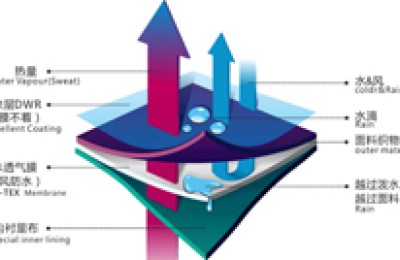China’s Ministry of Commerce warned on Thursday that Chinese exporters will still face severe challenges in the coming months as demand from emerging markets slows. Previous trade data showed that China’s export growth to emerging markets dropped significantly in September this year.
At a regular press conference on Thursday, Ministry of Commerce spokesperson Shen Danyang said:
The current external situation facing my country’s foreign trade development is still severe and complex. Although the markets of developed countries such as the United States, the European Union, and Japan have recovered, the economic growth of emerging market countries has slowed down significantly, and phenomena such as capital outflows, currency depreciation, increased inflation, and economic growth decline are common.
Recently, especially in September, our export growth to emerging markets has dropped significantly. In the next few months, my country’s foreign trade will still face the severe test of the obvious insufficient import demand from emerging markets. At the same time, the rise in the comprehensive cost of exports caused by factors such as the appreciation of the RMB and rising labor costs continues to trouble companies… After a brief recovery in the early stage, corporate export orders have experienced some relapses recently. Among them, export orders to emerging economies have been particularly volatile, and business confidence has also fluctuated.
China’s exports unexpectedly turned to decline in September and were significantly lower than expected, which triggered concerns about China’s foreign trade and economy. Among them, exports to Southeast Asia were particularly weak, with growth falling to a 17-month low of 10% from 31% in the previous month.
However, Shen Danyang said that China’s foreign trade is likely to continue to grow steadily in the fourth quarter. He said that it is expected that in the next two to three months, the country’s exports will still see a slight growth trend.
Shen Danyang said that China is ready to take measures to support export companies and ensure that it achieves its annual foreign trade goals. He said:
In July, my country introduced a series of policies and measures to promote the development of foreign trade… We have also recently issued documents on promoting the development of cross-border e-commerce, and comprehensive service and support policies for foreign trade enterprises will also be released soon.
We are still confident that through hard work, we will achieve the expected goals of stable development and transformation and upgrading of foreign trade throughout the year.
Since this summer, emerging market assets have been sold off due to concerns about the Federal Reserve’s withdrawal from QE, which has hit their economies and also damaged China’s export demand.
However, unlike other emerging economies, China has not experienced significant capital outflows. Instead, it needs to fight against capital inflows. Data from the People’s Bank of China earlier this week showed that foreign exchange reserves increased at the largest quarterly rate in two years in the third quarter as capital inflows accelerated.
The People’s Bank of China warned last day: “Recent loan growth has been relatively fast, especially when the foreign trade surplus continues to expand and foreign exchange flows in significantly, the pressure for monetary and credit expansion is still high.”
Thursday’s foreign direct investment (FDI) data also showed that capital is still flowing into China steadily. Data show that China’s FDI amount in September was US$8.84 billion, a year-on-year increase of 4.9%, achieving positive growth for the eighth consecutive month.



